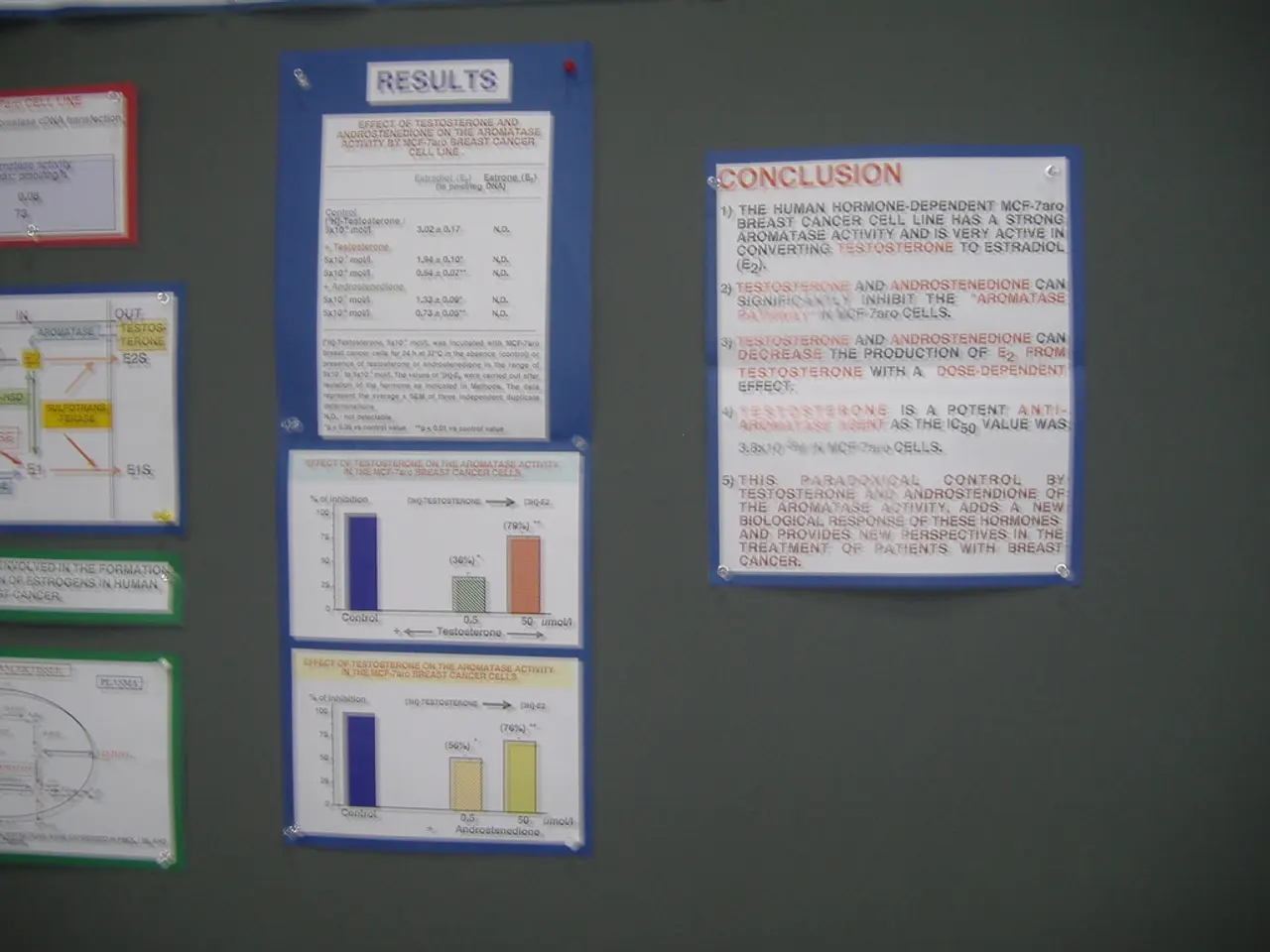Unveiling Findings: Harnessing Energy from Phytoplankton
UC San Diego Leads the Way in Diatom Biofuel Research
In the heart of California, the University of California, San Diego (UCSD) is making significant strides in the field of diatom biofuel production. Hildebrand's group at UCSD, focusing on diatoms - a unique type of oceanic algae - is at the forefront of this research, thanks to their algae's suitability for genetic manipulation.
One of the key advantages of using diatoms is their ability to thrive in seawater, making them an ideal choice for drought-stricken areas like California. This aspect reduces the burden on the freshwater supply, a crucial factor in the quest for sustainable biofuel production.
The continuous funding received over the past few years has allowed Hildebrand to employ post-docs and students for extended periods, building up a wealth of expertise in the lab. This investment has not gone unnoticed, with UCSD's Consortium for Algae Biofuel Commercialization (CAB-Comm) being recognised by the Department of Energy (DOE) as the number two-ranked research program in the country.
CAB-Comm, led by UCSD molecular biologist Stephen Mayfield, is a research group that partners with industry collaborators such as Sapphire Energy and Life Technologies. Their focus is on green algae and cyanobacteria, another species that has shown promise in biofuel production.
Cameron Coates, a Ph.D. student in the Gerwick group at Scripps, has made significant strides in this field. Coates' findings have opened the door for new research into maximising cyanobacteria's fuel production potential and identifying pathway targets for sustainable plastics and chemicals.
Meanwhile, Emily Trentacoste, a recent student co-advised by Hildebrand, has managed to "turn off" an enzyme in the diatoms that breaks down lipids for energy. This breakthrough has resulted in the algae accumulating more lipids without slowing their growth, a crucial step towards increasing biofuel production.
The prospects of diatom-based biofuels are promising, offering sustainable alternatives to fossil fuels with benefits like rapid biomass accumulation and carbon sequestration potential. However, challenges remain in scaling production cost-effectively.
The United States Air Force, the U.S. Navy, and commercial aircraft manufacturers such as Boeing have recognised the potential of algae biofuels and have provided significant funding for research in this area.
In a bid to contribute to the development of a local, vertically integrated supply stream, Scripps Associate Director Bruce Appelgate plans to begin tests using 100-percent renewable diesel fuel in research vessels starting with Robert Gordon Sproul in 2014.
Despite a lack of detailed current updates or named organizations from the latest searches, it is clear that UC San Diego is a key research hub for diatom and algae biofuels. The university's research focuses on molecular biology and environmental conditions, with the aim of enhancing biofuel yield and optimising growth conditions.
In conclusion, the future of diatom biofuel research at UC San Diego looks promising, with a focus on molecular biology, environmental conditions, and sustainable alternatives to fossil fuels. With continued investment and research, it is hoped that the benefits of diatom biofuels can be harnessed to address the challenges of energy security and sustainability.
- The advancements in diatom biofuel production at UC San Diego showcase the intersection of science and technology, as researchers strive to create sustainable alternatives to fossil fuels.
- Harnessing diatoms' genetic manipulation potential, in conjunction with industry partnerships and financial backing from entities such as the Department of Energy, the United States Air Force, and Boeing, demonstrate the significance of the partnership between academia, industry, and finance in furthering biofuel research.
- As the quest for a financially viable and sustainable energy source continues, the marriage of marine biology, technology, and energy reflects the multidisciplinary nature of the endeavor, with researchers like Hildebrand, Mayfield, Coates, and Trentacoste at the forefront of this revolutionary industry.




